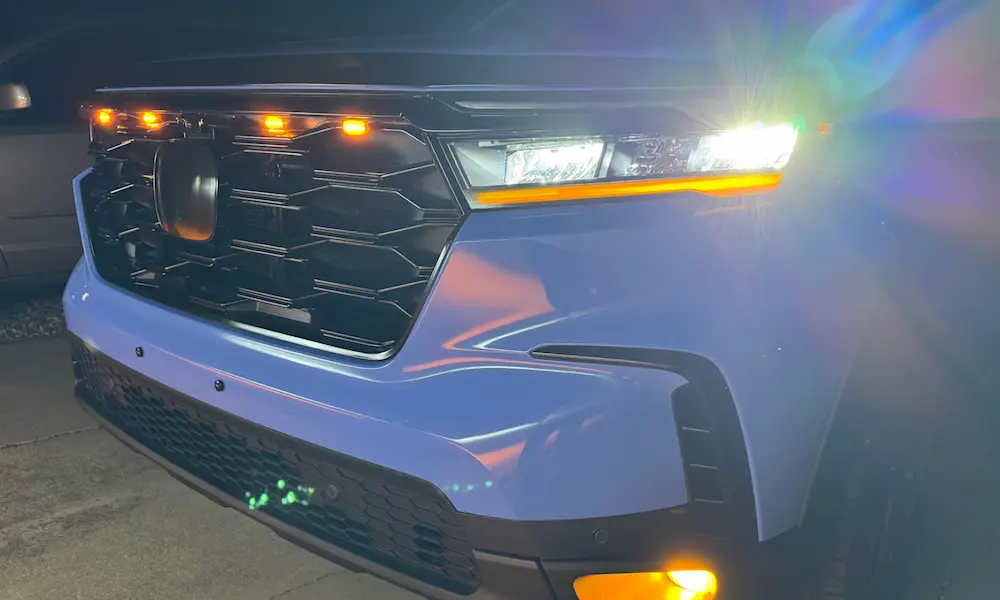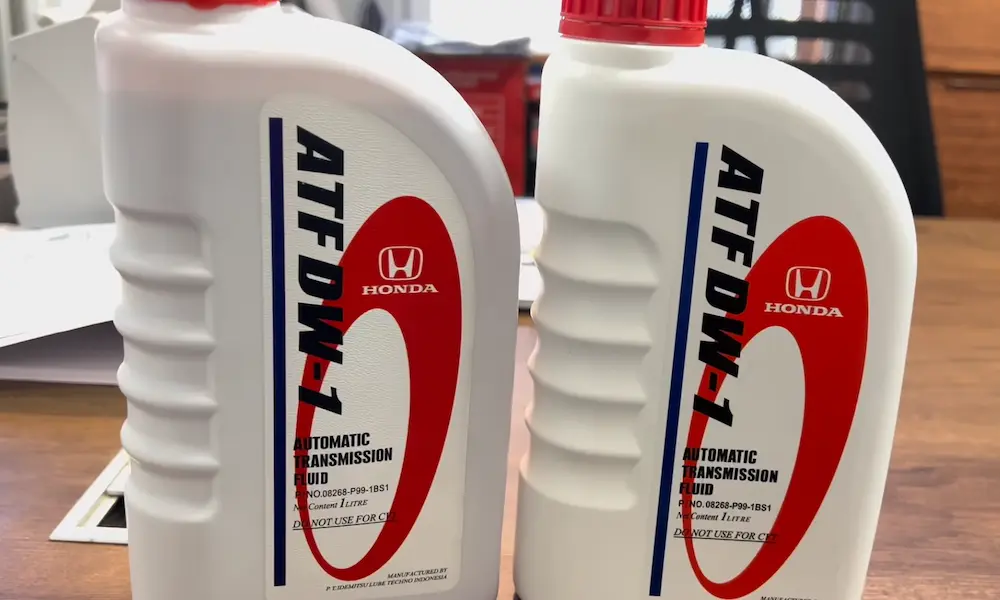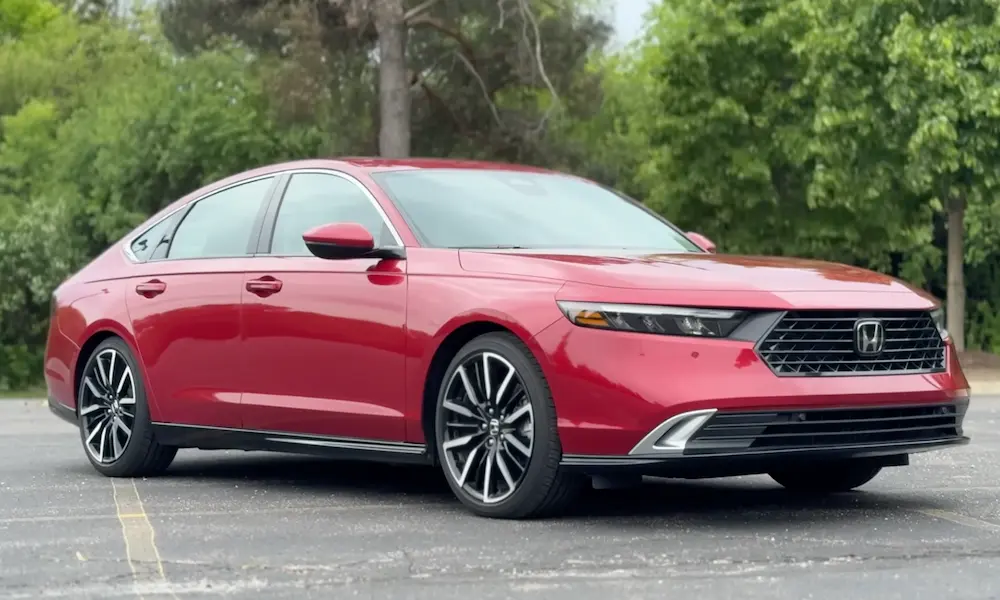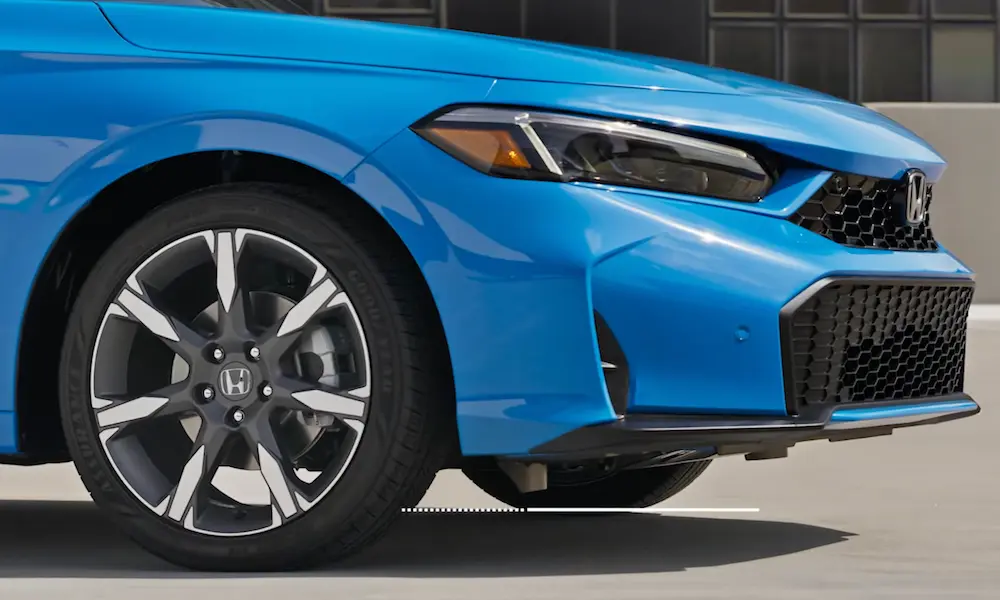You’ve invested in a Honda with advanced safety features, but now you’re seeing that dreaded “Road Departure Mitigation System Problem” message flashing on your dashboard. It’s frustrating when the technology designed to keep you safe becomes a source of stress instead. Let’s dive into what’s causing these issues, how widespread they are, and what you can do to fix them without spending a fortune.
What Is the Honda Road Departure Mitigation System?
The Road Departure Mitigation (RDM) system is part of Honda’s suite of safety technologies designed to prevent your vehicle from unintentionally leaving the roadway. It works at speeds between 45-90 mph, using a camera behind your rearview mirror and radar sensors to detect lane markings and road edges.
When functioning properly, the system will:
- Alert you with visual and audible warnings if you’re drifting
- Apply subtle steering force to keep you in your lane
- Apply braking if necessary to prevent road departure
But for many Honda owners, this system isn’t working as advertised.
Common RDM System Problems Honda Owners Are Reporting
Dashboard Warning Messages
The most frequent complaint is the “Road Departure Mitigation System Problem” warning appearing unexpectedly on the dashboard. This isn’t an isolated issue—it’s often accompanied by alerts for other Honda Sensing features like:
- Collision Mitigation Braking System (CMBS) errors
- Adaptive Cruise Control (ACC) malfunctions
- Lane Keeping Assist System (LKAS) failures
- General “Brake System” warnings
Many drivers report on Reddit threads that these warnings appear randomly, even on clear days with perfect visibility.
Inconsistent System Performance
The unpredictability makes this issue particularly frustrating. You might experience:
- Error messages that appear and disappear during the same drive
- Systems that work fine for weeks, then suddenly fail
- All Honda Sensing features shutting down simultaneously
- Problems that seem to worsen in certain weather conditions
As one owner described in a Ridgeline forum, “The system will work perfectly for days, then suddenly throw warnings for no apparent reason—even on perfectly marked highways.”
Multiple System Failures
When one Honda Sensing system fails, others often follow. According to complaints documented online, it’s common to see cascading failures across multiple safety systems, suggesting they share critical components or dependencies.
What’s Causing Your Honda RDM System Problems?
Sensor Obstructions
The most common (and fortunately most fixable) cause is simply dirty or obstructed sensors. Your RDM system relies on two key components:
- Forward-facing camera behind your rearview mirror
- Radar sensors typically located in the front grille area
These can become blocked by:
- Snow, ice, or road salt in winter months
- Mud or dirt from off-road driving
- Bugs or debris accumulated during highway driving
- Water spots after rain or car washes
Even partial obstruction can trigger system warnings.
Environmental Triggers
Your RDM system might automatically disable during:
- Direct, harsh sunlight that interferes with the camera
- Heavy rainfall that reduces visibility
- Dense fog or snow conditions
- Extreme temperatures (both hot and cold)
These environmental shutdowns are actually a safety feature—Honda programs the systems to disable when they can’t function reliably rather than provide potentially faulty assistance.
Electrical System Issues
Low voltage from your 12-volt battery can trigger RDM and other Honda Sensing error messages. The advanced driver assistance systems require stable electrical power to function correctly. As demonstrated in tutorials, voltage below 12.4V can cause intermittent system failures.
Hardware and Mounting Problems
Physical issues that can trigger RDM failures include:
- Misaligned radar sensors after minor collisions
- Bent sensor mounting brackets
- Damaged wiring harnesses
- Failing camera or radar units
These hardware problems typically require professional diagnosis but understanding them can help you communicate more effectively with your mechanic.
Honda Models Most Affected by RDM Problems
While RDM issues can affect any Honda with the Sensing package, these models have reported the highest frequency of problems:
| Model | Years Affected | Common Issues |
|---|---|---|
| CR-V | 2017-2022 | Frequent false alerts, system shutdowns |
| Accord | 2018-2022 | Multiple system failures, radar errors |
| Civic | 2016-2022 | Camera calibration issues, intermittent warnings |
| Pilot | 2016-2022 | Radar sensor malfunctions in cold weather |
| Odyssey | 2018-2022 | System failures during highway driving |
The CR-V and Accord models are currently under NHTSA investigation, with nearly 3 million vehicles affected and over 1,290 documented complaints.
DIY Fixes for Road Departure Mitigation System Problems
Before heading to the dealer, try these solutions that have worked for many Honda owners:
1. Clean Your Sensors
The simplest fix is often the most effective:
For the camera:
- Locate the small camera housing behind your rearview mirror
- Use a clean, soft microfiber cloth to gently wipe the windshield in front of it
- Avoid using chemical cleaners directly on the camera housing
For the radar sensors:
- Identify your radar location (varies by model)
- Gently clean the front grille or bumper area where the radar is mounted
- Remove any built-up dirt, snow, or debris
According to tutorial videos, regular cleaning of these sensors should be part of your routine maintenance, especially during winter months.
2. Check Your Battery
A weak 12-volt battery is a common culprit behind Honda Sensing failures:
- Test your battery voltage (should be above 12.4V)
- Check for corrosion on battery terminals
- Consider replacing batteries older than 3-4 years
Many owners report that simply replacing an aging battery resolved their persistent RDM problems.
3. Perform a System Reset
You can try resetting the RDM system:
- Navigate to “Settings” on your infotainment screen
- Select “Vehicle” or “Driver Assist Setup”
- Find “Road Departure Mitigation Setting”
- Turn the system OFF, restart the vehicle, then turn it back ON
Some drivers on Drive Accord forums report that this simple reset cleared persistent error messages.
4. Temporary System Disable
If you’re experiencing false alerts during a particular drive:
- Locate the RDM button (typically on the left side of the steering wheel or dashboard)
- Press and hold until you hear a beep and see confirmation on the display
- This will disable the system until you restart the vehicle
Remember this is a temporary measure—not a fix—but it can help when you’re receiving annoying false alerts.
When Professional Help Is Needed
If DIY solutions don’t work, these professional repairs may be necessary:
Sensor Recalibration
After windshield replacement or even minor bumper damage, your sensors may need professional recalibration. This delicate procedure requires specialized equipment at Honda dealerships or certified repair shops. Proper calibration typically costs $250-500.
Software Updates
Honda has released several software updates to address RDM system issues. These updates can only be installed by authorized dealers using their diagnostic tools. Ask specifically if any software updates are available for your model’s Honda Sensing systems.
Component Replacement
If diagnostic tests confirm a faulty component, replacement parts may include:
- Millimeter wave radar unit ($600-900)
- Camera module ($300-500)
- Control unit ($400-700)
- Wiring harnesses ($150-300)
Labor costs typically add another $200-400 to these repairs.
Understanding the NHTSA Investigation
The National Highway Traffic Safety Administration has escalated its investigation into Honda Sensing systems, specifically targeting issues with the Collision Mitigation Braking System and related features like RDM.
The investigation now covers:
- Nearly 3 million vehicles
- 2017-2022 CR-V models
- 2018-2022 Accord models
- Over 1,294 consumer complaints
- 47 crashes potentially linked to system malfunctions
- 93 reported injuries
Warranty and Lemon Law Considerations
If you’re experiencing persistent RDM problems, understand your rights:
- Honda’s basic warranty covers most electronic systems for 3 years/36,000 miles
- The powertrain warranty (5 years/60,000 miles) typically doesn’t cover these systems
- Document all dealer visits and repair attempts
- Keep copies of all repair orders and descriptions of the problems
- After multiple unsuccessful repair attempts (usually 3-4 depending on state), you may have a lemon law claim
Several class-action lawsuits regarding Honda Sensing issues are already in progress, so it’s worth keeping documentation of all your repair attempts.
Preventative Maintenance Tips
To minimize RDM system problems:
- Regular sensor cleaning: Add this to your monthly maintenance routine
- Protect your battery: Have it tested during oil changes and replace it preemptively after 3-4 years
- Use Honda-approved windshield replacements: Aftermarket glass can cause camera calibration issues
- Stay updated on recalls: Check Honda’s recall portal periodically
- Address warning lights promptly: Don’t ignore intermittent warnings hoping they’ll resolve themselves
The Future of Honda’s Safety Systems
Honda continues to refine their safety technology with each model year. Newer vehicles (2023+) incorporate updated hardware and software that address many of the problems plaguing earlier models. If you’re shopping for a new Honda, ask specifically about improvements to the Sensing suite.
The Road Departure Mitigation system, when working properly, is a valuable safety feature that has prevented countless accidents. Understanding its limitations and maintenance needs helps ensure it’s there when you need it most.
For the latest information about Honda RDM system updates or to check if your vehicle is affected by any service bulletins, visit Honda’s owner portal or contact your local dealership’s service department.














